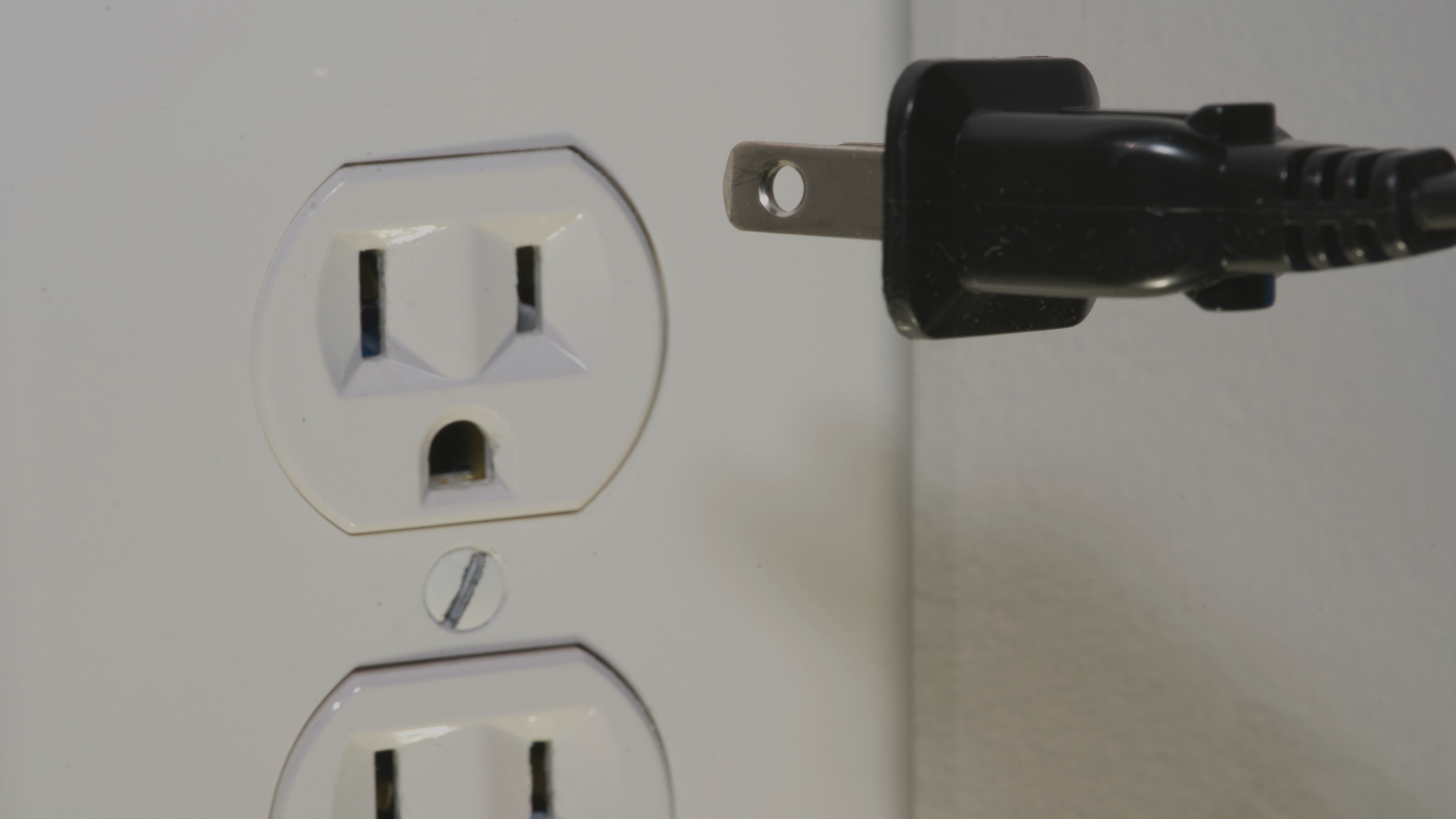PJM Capacity Market Pressures and the Rising Cost of Power for Industry
- Topics :
- Reduction Strategies
How Real-Time Data Turns Peak Shaving into Continuous Energy Optimization
Published October 27, 2025

Traditional peak shaving focuses on reducing power demand during the highest-cost periods. While effective for managing utility charges, it often misses broader opportunities to reduce total energy use and emissions. With real-time, high-resolution data, peak shaving can evolve into a continuous, data-driven optimization strategy that keeps building systems, industrial processes, and infrastructure operating at peak efficiency throughout the day. Platforms like NZero enable this transformation by offering detailed visibility into when, where, and how energy is consumed.
The Limitations of Traditional Peak Shaving
Conventional peak shaving strategies rely on scheduled or manual load reductions during known demand periods. This method primarily aims to avoid utility demand charges by flattening short-term spikes in energy use. However, it tends to be reactive and narrow in scope. Traditional peak shaving does not account for real-time changes in occupancy, production cycles, or weather conditions. For example, shifting HVAC operations for one hour may reduce a short-term load spike but still result in similar total daily energy consumption. The absence of live operational feedback limits the long-term benefits of such efforts.
The Power of Real-Time Energy and Carbon Data
Real-time data provides a foundation for smarter, continuous energy management. With NZero’s platform, energy managers gain access to minute-by-minute insights across building systems, equipment, and renewable sources. The platform integrates multiple data streams, including electricity loads, grid carbon intensity, temperature, humidity, and occupancy levels. This creates a dynamic, always-updating baseline that allows facilities to make informed adjustments. For instance, HVAC systems can automatically scale based on occupancy while lighting adjusts to daylight levels. With live monitoring, every operational decision can be guided by real-time energy and carbon performance.
From Event-Based Control to Continuous Optimization
Real-time visibility transforms peak shaving from an occasional response into continuous energy optimization. Predictive analytics and automated controls allow facilities to anticipate and prevent peaks before they occur. Forecasting algorithms identify high-demand periods and trigger preemptive actions, such as pre-cooling or rescheduling certain operations. Automated systems dynamically adjust equipment settings, maintaining comfort and performance while reducing consumption. In commercial buildings, this can include adjusting HVAC and lighting based on occupancy. In manufacturing, it can mean optimizing production sequences for lower power intensity. Continuous optimization typically yields 5 to 15 percent total energy reduction beyond standard demand-control savings.
Aligning Cost Savings with Decarbonization
Beyond financial benefits, continuous optimization supports decarbonization by aligning energy use with low-carbon grid hours. NZero’s real-time carbon intensity tracking helps facilities time their operations when the grid is powered by cleaner sources such as wind or solar. This enables organizations to reduce Scope 2 emissions and credibly account for avoided carbon in ESG reporting. For instance, a campus can pre-cool buildings during midday solar generation, lowering both grid demand and emissions. This integration of cost and carbon performance strengthens an organization’s ability to meet sustainability goals and regulatory requirements.

Building the Continuous Optimization Ecosystem
Organizations can develop continuous optimization capability through several key steps:
- Digitize infrastructure by deploying smart meters and sensors for granular energy data collection.
- Integrate all energy and environmental data streams into a unified platform such as NZero.
- Apply predictive analytics to anticipate load patterns and automate equipment response.
- Monitor performance to track ongoing reductions in energy use, cost, and carbon emissions.
NZero supports each of these steps by transforming data into actionable insights. The platform connects sustainability teams and operational staff, providing shared visibility into performance metrics. This approach turns one-time energy management actions into an ongoing process of continuous commissioning, where building and system performance is consistently verified and improved. The result is reduced total energy use, lower emissions, and more resilient operations.
Conclusion
Peak shaving is evolving from a short-term load management tool into a continuous optimization strategy powered by real-time data. Facilities that adopt this approach can achieve higher efficiency, lower costs, and verifiable carbon reductions. NZero’s platform enables this transition by providing the transparency and intelligence needed to make every operational decision data-informed. Through continuous optimization, organizations can ensure that their energy use is efficient, sustainable, and aligned with their long-term decarbonization goals.
Reference









